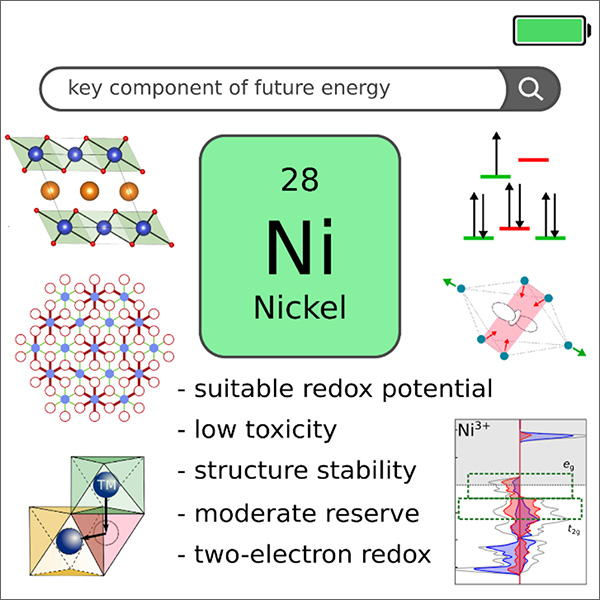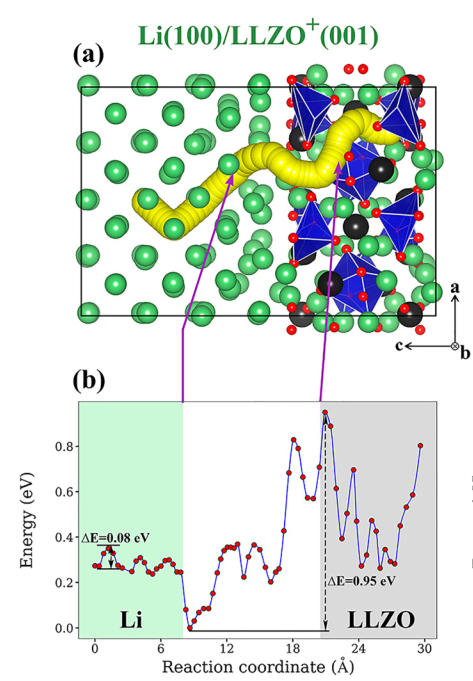1. Development of advanced electrochemical energy storage systems with the help of directional design of local structure and microstructure of electrode materials.
The project is aimed at the design of high-capacity electrode materials and solid electrolytes to create electrochemical current sources with high energy density. The main goal of the project is to establish relationships between electrochemical behavior, local structure and microstructure of materials and to design new materials with defect structures optimized for specific electrochemical energy storage systems. The objects of research are cathode materials for lithium-ion batteries (LIB) based on nickel-enriched complex oxides LiNixMnyCozO2 (NMC), composite anode materials based on graphite with additives of oxidized silicon, and solid electrolytes for lithium-metal batteries with a garnet structure. The project plans to combine modern methods of synthesis and experimental study of microstructure in order to assess changes in structural and microstructural characteristics during cycling and the impact of structural changes on the characteristics of materials. The “synthesis-microstructure-properties” relationships will be revealed using computational methods using density functional theory and molecular dynamics approaches.


The project is funded by Russian Science Foundation Project No. 23-73-30003. https://rscf.ru/project/23-73-30003/
Recent publications:
1) Kartamyshev, A. I., Poletaev, D. O., Boev, A. O., & Aksyonov, D. A. (2023). Weak segregation and accelerated diffusion of Li at twin boundaries in Cu from DFT: Implications for current collectors in Li-ion batteries. Computational Materials Science, 230, 112517. https://doi.org/10.1016/j.commatsci.2023.112517
2) Savina, A. A., Boev, A. O., Orlova, E. D., Morozov, A. V., & Abakumov, A. M. (2023). Nickel as a key element in the future energy. Russ. Chem. Rev, 92, 7. https://doi.org/10.59761/RCR5086
3) Skvortsova, I. A., Orlova, E. D., Boev, A. O., Aksyonov, D. A., Moiseev, I., Pazhetnov, E. M., ... & Abakumov, A. M. (2023). Comprehensive analysis of boron-induced modification in LiNi0.8Mn0.1Co0.1O2 positive electrode material for lithium-ion batteries. Journal of Power Sources, 583, 233571. https://doi.org/10.1016/j.jpowsour.2023.233571
4) Burov, A. S., Boev, A. O., Abakumov, A. M., & Aksyonov, D. A. (2024). Mechanism of Li+ charge transfer at Li/Li7La3Zr2O12 interfaces: A density functional theory study. Physical Review B, 109(4), 045305. https://doi.org/10.1103/PhysRevB.109.045305
2. Effect of the electrode/electrolyte interface structure on the charge transfer kinetics: сomputer simulation and experimental verification.
The electrode/liquid electrolyte interface charge transfer processes will be studied using computer modeling methods. The development of charger carrying conditions is beneficial for designing electrode/electrolyte interfaces, which will enhance current source electrostatic characteristics, particularly at low temperatures. As a result of the project, it is expected to establish the mechanisms of influence of the chemical composition and structure of the electrode/electrolyte interface, as well as the dielectric constant of the electrolyte on the process of charge transfer in layered cathode materials (for example, Li/NaNiO2, Li/NaCoO2), oxide anode materials (for example, LiTi2O4 with spinel structure), as well as well-known polyanionic cathode materials (for example, LiFePO4, KVPO4F), which are widespread among commercial and model compositions of intercalation-type battery electrodes. The goal is to determine the structure and energetics of surface defects in cathode materials, taking into account the influence of the electrolyte, as well as to identify the patterns of their influence on charge transfer in current sources.
The project is funded by Russian Science Foundation Project No. 23-73-01258 https://rscf.ru/project/23-73-01258/
